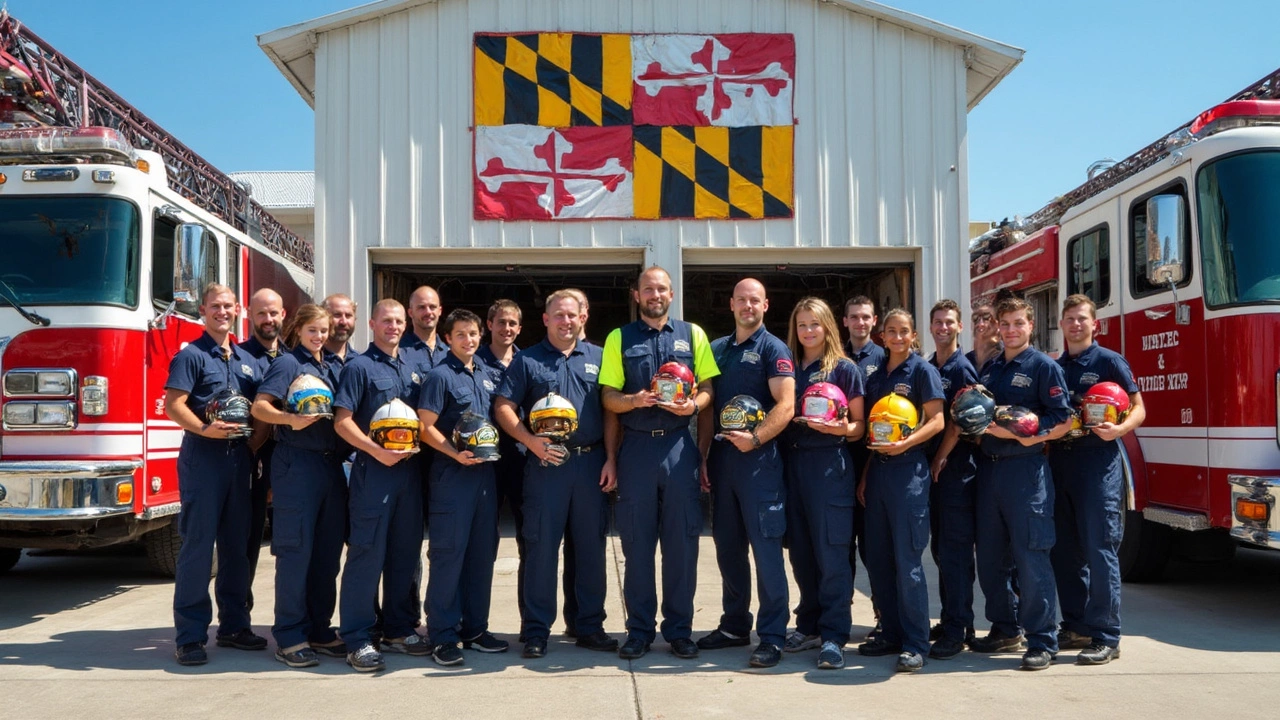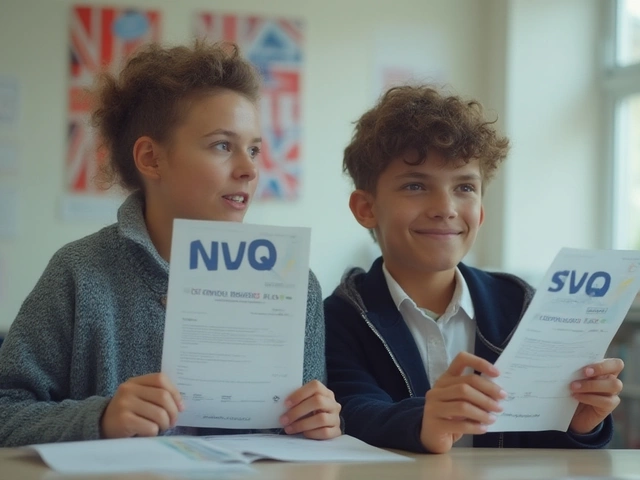Firefighter Maryland: Steps to Join the State’s Fire Service
If you’re thinking about a firefighting career in Maryland, you’re looking at a job that mixes physical work, teamwork, and community service. The good news is the path is clear: meet the basic requirements, finish an approved fire academy, get certified, and apply to local departments. Below we break down each step so you can move from interest to badge without getting stuck.
Requirements and Eligibility
First, check that you meet Maryland’s baseline criteria. You must be at least 18 years old, have a high school diploma or GED, and hold a valid Maryland driver’s license. Most departments also run a background check and a drug screen, so a clean record helps. Physical fitness is another must‑have; you’ll face a timed series of push‑ups, sit‑ups, a 1.5‑mile run, and a ladder climb. If you’re not in shape yet, start a routine now – cardio, strength training, and flexibility work will boost your test scores.
Some counties have extra rules. For example, Baltimore City requires a minimum of two years of relevant work experience, while Montgomery County looks for proven volunteer fire service. Check the specific county or city website to avoid surprises.
Training Paths and Certification
Maryland recognizes the state‑approved fire academy program. Public safety colleges such as the Maryland Fire and Rescue Institute (MFRI) and community colleges like Montgomery College offer the Firefighter I and II courses. The curriculum covers fire behavior, hazardous materials, rescue tactics, and emergency medical skills. The whole program runs 12‑16 weeks full‑time, but part‑time options let you work while you train.
After finishing the academy, you’ll need to pass the National Fire Academy (NFA) certification exam, which includes a written test and a practical skills assessment. Passing earns you the Firefighter I certification; a second course (Firefighter II) adds advanced rescue and incident command skills. Many employers prefer candidates with both levels, so budgeting time for the second certification pays off.
While you’re in training, consider volunteering with a local fire department. Volunteer hours give you real‑world experience, help you network with hiring chiefs, and sometimes count toward the experience requirement for paid positions.
When you’re certified, start applying. Use Maryland’s public safety job board, county HR sites, and the state’s Firefighters’ Employment Portal. Tailor each application to the department’s needs – highlight your physical fitness scores, any EMT certification, and volunteer hours.
Salary in Maryland varies by county and rank. Entry‑level firefighters earn between $45,000 and $55,000 annually, with overtime and hazard pay boosting the total. After five years, the average climbs to $60,000‑$70,000, and moving into a lieutenant or captain role can push it past $80,000.
Finally, keep learning. Maryland offers continuing education credits for specialized courses like fire investigation, wildland fire, and advanced EMS. Staying current not only improves safety on the job but also opens promotion pathways.
So, if you’re ready to answer the call, start with a fitness plan, sign up for a state‑approved academy, and get your certification. Maryland’s fire departments need dedicated people like you – and the steps are simple enough to follow. Good luck on the road to becoming a Maryland firefighter!




